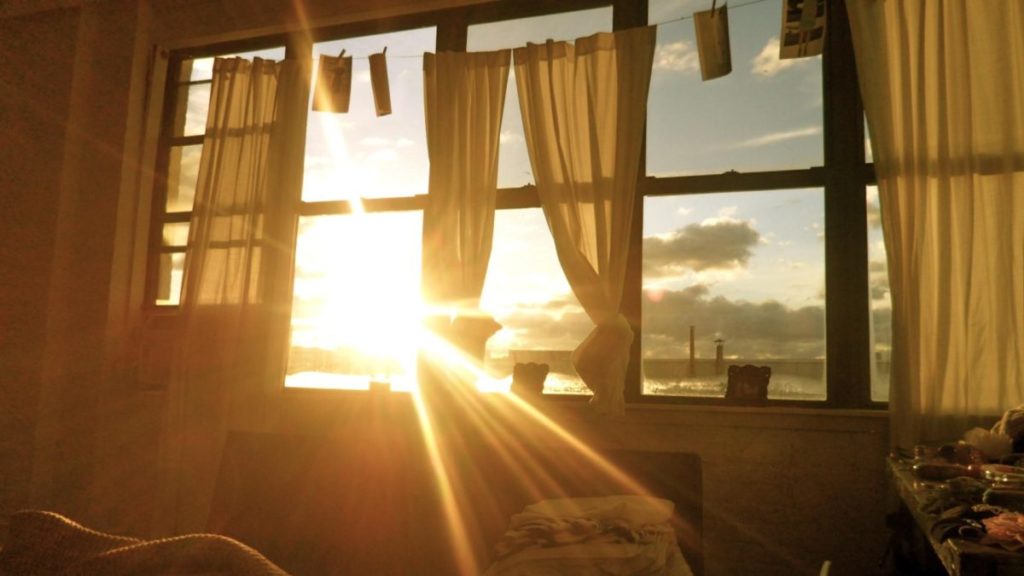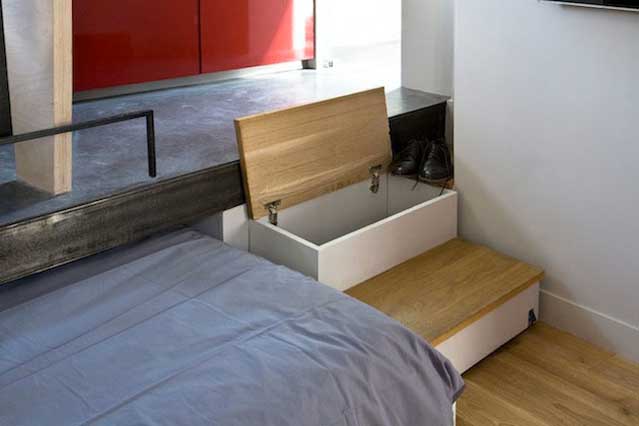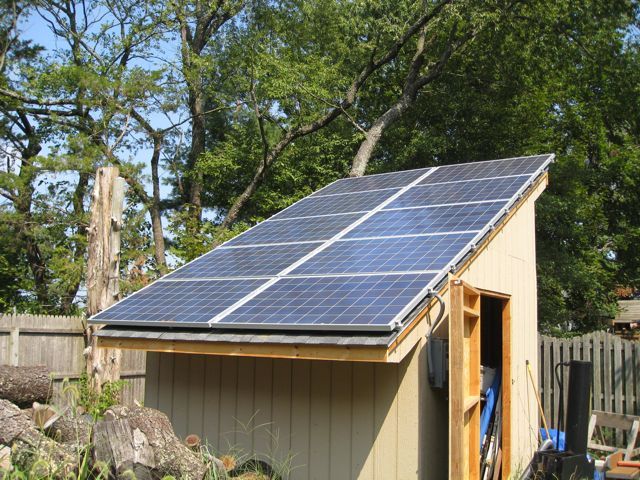Living off-grid is a dream shared by many, but achieved by few.
The key to successful off-grid living lies not only in your choice of sustainable technologies, energy sources, or water systems; it starts with finding that perfect spot on which to place your tiny home.
Home location plays a important role in ensuring your daily life remains comfortable and self-sustaining; the ideal site should meet all your needs without compromising nature’s delicate balance nor causing undue strain upon our wallets or mental health.
Choosing an auspicious location for off-grid living isn’t simply about picking any flat area – it entails thoughtful deliberation regarding aspects such as sun orientation, wind direction(s), water access points and drainage/erosion considerations.
By taking into account these critical factors when selecting your plot of land (or at least considering their effects during initial planning phases before making an offer), you set yourself up for a successful transition into minimalist-living Nirvana!
Sunlight and Passive Solar Design
Consider the amount of sunlight your tiny home receives during different times of the day and year. Design your home to maximize natural light and heat, using passive solar principles to reduce the need for artificial lighting and heating.
By understanding the amount of sunlight your home receives during different times of the day and year, you can optimize your design to maximize natural light and heat.
Passive solar design involves using natural elements such as sunlight, wind, and insulation to reduce the need for artificial lighting and heating.
This not only saves energy and money, but it also creates a more comfortable and sustainable living space.
To begin, consider the orientation of your tiny home on the site.
South-facing windows can capture maximum sunlight during the winter months, while north-facing windows can reduce heat gain during the summer.
Using large south-facing windows and skylights can bring in natural light and heat during the day, reducing the need for artificial lighting and heating.
Incorporating passive solar design elements such as thermal mass, such as concrete or stone floors, can also help absorb and store heat during the day, reducing the need for heating during the night.
In addition, using light-colored exterior finishes and applying a reflective coating to the roof can help reflect sunlight and heat, further reducing the need for heating and cooling.
To maximize natural light and heat, consider using operable skylights and clerestory windows that allow natural light to enter the home while maintaining privacy and comfort.
These design features not only reduce energy consumption but also create a healthy and comfortable living space.
By understanding and incorporating passive solar design principles, you can create a sustainable and comfortable tiny home that maximizes natural light and heat, while reducing energy costs and carbon footprint.]]
Sunlight and Passive Solar Design: The Key to a Comfortable and Sustainable Tiny Home
As you plan your tiny home, it’s essential to consider the amount of sunlight it will receive during different times of the day and year.
By maximizing natural light and incorporating passive solar design elements, you can create a comfortable and sustainable living space while reducing your energy costs and carbon footprint.
To start, face your windows and skylights towards the sun’s path to bring in natural light and heat during the day.
This can be done by incorporating operable skylights and clerestory windows that allow natural light to enter the home while maintaining privacy and comfort.
Thermal mass, such as concrete or stone floors, can also help absorb and store heat during the day, reducing the need for heating during the night.
In addition, using light-colored exterior finishes and reflective materials can help reflect sunlight and reduce heat gain during the summer months.
By incorporating shading devices such as awnings, overhangs, and louvers, you can reduce the amount of direct sunlight during the hottest parts of the day.
Furthermore, a well-designed passive solar home can take advantage of the natural ventilation and convection currents to maintain a comfortable temperature throughout the year.
Proper insulation and sealing of the building envelope, as well as integrating thermal mass elements, can help regulate the interior temperature, reducing the need for mechanical heating and cooling systems.
Incorporating passive solar design elements and maximizing natural light can greatly enhance the comfort and sustainability of your tiny home while minimizing your energy costs and carbon footprint.
By taking advantage of the sun’s natural energy and using it to heat and light your home, you can create a cozy and eco-friendly living space.]]>
Passive solar design is an essential aspect of tiny home living, as it allows you to maximize natural light and reduce the need for mechanical heating and cooling systems.
By carefully considering the amount of sunlight your tiny home receives during different times of the day and year, you can design your home to take full advantage of the sun’s natural energy.
To start, you’ll want to consider incorporating shading devices such as awnings, overhangs, and louvers to reduce the amount of direct sunlight during the hottest parts of the day.
This can help reflect sunlight and reduce heat gain during the summer months, keeping your tiny home cool and comfortable.
Next, you’ll want to think about how to maximize natural light in your home.
This can be done by incorporating large windows and skylights, which can bring in plenty of sunlight and help illuminate your tiny home.
Using reflective surfaces such as white paint or mirrors can help bounce natural light around your home, further increasing its brightness and energy efficiency.
You’ll want to consider passive ventilation strategies to further reduce the need for mechanical heating and cooling systems.
This can be achieved by incorporating operable windows, which can allow for natural cross-ventilation and help maintain a comfortable temperature throughout your tiny home.
You can use stack ventilation, where hot air rises and is released through the roof, while cool air enters through windows and vents, creating a natural convection effect that cools your home.
By incorporating these passive solar design strategies into your tiny home, you can create a comfortable and eco-friendly living space that maximizes the sun’s natural energy.
Orientation
Orient your tiny home to take advantage of the sun’s position in the sky. In the northern hemisphere, a south-facing orientation is ideal for maximizing natural light and heat.
Orientation is a important aspect to consider when designing a tiny home, as it can significantly impact the amount of natural light and heat the space receives.
In the northern hemisphere, a south-facing orientation is ideal for maximizing natural light and heat.
By positioning your tiny home to face south, you can take advantage of the sun’s position in the sky and enjoy an abundance of natural light and warmth throughout the day.
This can help reduce the need for artificial lighting and heating sources, leading to a more sustainable and energy-efficient living space.
In addition to south-facing orientation, it’s important to consider the positioning of windows and glazing to maximize the amount of natural light and heat that enters the space.
Large windows on the south-facing side of the tiny home can allow for an abundance of natural light and warmth, while smaller windows on the north-facing side can help regulate temperature and reduce the need for heating and cooling.
By carefully considering the orientation and positioning of windows, you can create a comfortable and sustainable living space that takes advantage of the natural resources available.
Wind Protection
Consider the direction of prevailing winds in your area and orient your tiny home to minimize wind exposure. This can help reduce heat loss in winter and improve cooling in summer.
Wind protection is a important aspect of tiny home design that can help reduce heat loss in winter and improve cooling in summer.
To minimize wind exposure, consider the direction of prevailing winds in your area and orient your tiny home accordingly.
For example, if the prevailing winds are coming from the north, you may want to position your tiny home with a north-facing wall to provide a buffer against the wind.
You may want to incorporate wind-blocking features such as deciduous trees, shrubs, or strategically placed walls to further protect your tiny home from wind-driven weather.
By taking these measures, you can help maintain a comfortable temperature inside your tiny home year-round, regardless of the weather outside.
Views and Privacy
Consider the views from your tiny home and the level of privacy you need. Choose a location that provides the desired amount of privacy and views, while also meeting your energy and resource needs.
When selecting a location for your tiny home, it is important to consider the views and privacy you desire.
Your tiny home should be situated in a location that provides the desired amount of privacy, while also offering breathtaking views of the surrounding landscape.
This can be achieved by placing your tiny home on a hill or a secluded spot, providing ample space between your home and nearby properties.
You should choose a location that meets your energy and resource needs, such as accessing natural light and utilizing renewable energy sources.
The ideal location for your tiny home should not only provide privacy and views but also offer a sense of seclusion and tranquility.
By taking into account the natural surroundings and incorporating energy-efficient features, you can create a cozy and sustainable living space that exceeds your expectations.
The location of your tiny home can significantly impact your daily life, so it is essential to prioritize privacy and views during the selection process.
By doing so, you can ensure a comfortable and fulfilling living space that meets all of your needs.
Climate and Microclimate
Research the local climate and microclimate of your desired location to ensure that your tiny home is well-suited to the local conditions. This can help reduce the need for artificial heating and cooling.
When selecting a location for your tiny home, it’s essential to research the local climate and microclimate to ensure that your home is well-suited to the conditions.
By understanding the average temperatures, humidity levels, and wind patterns in the area, you can make informed decisions about the design and construction of your tiny home.
For example, if the location experiences hot summers and cold winters, you may want to consider incorporating passive solar heating and cooling strategies, such as large south-facing windows and overhangs to block direct sunlight in the summer, and insulation and storm windows to keep the heat in during the winter.
If the location has a microclimate with specific wind patterns or unique weather events, such as coastal fog or mountain-generated winds, you may need to modify the design to accommodate these conditions.
By taking the local climate and microclimate into consideration, you can reduce the need for artificial heating and cooling systems, resulting in a more sustainable and cost-effective tiny home.
Water Sources
Consider the availability of clean water sources in your desired location. Having a reliable source of water is essential for off-grid living.
When considering an off-grid location, it is important to evaluate the availability of clean water sources.
A reliable source of water is essential for off-grid living, as it provides the foundation for your household’s water needs, including drinking, cooking, and hygiene.
In selecting a location, look for areas with a reliable and nearby source of clean water, such as a well, spring, or surface water source that is safe for human consumption.
It is also important to consider the quality of the water, as contaminated water can pose serious health risks.
Make sure that the water source is tested regularly to ensure its safety and quality.
Consider the infrastructure and maintenance needs of the water source, as well as the potential for seasonal variability in water availability.
By carefully evaluating the water sources in your desired location, you can ensure a reliable and safe water supply for your off-grid lifestyle.
Waste Disposal
Research the local regulations and options for waste disposal, such as composting toilets and recycling programs. Choose a location with adequate waste management facilities.
Waste disposal is an essential aspect of sustainable living, and it’s important to research the local regulations and options for waste management when building an eco-friendly home.
Composting toilets, for instance, can significantly reduce the amount of water used in your home and generate nutrient-rich compost for your garden.
Recycling programs can help divert waste from landfills and reduce the amount of waste that needs to be disposed of.
When choosing a location for your eco-friendly home, it’s essential to consider the availability of these waste management facilities and choose a location with adequate waste management infrastructure.
This not only ensures that your waste is disposed of sustainably but also helps to reduce your carbon footprint and contribute to a more sustainable future.
By doing your research and choosing a location with adequate waste management facilities, you can help minimize your impact on the environment and create a more sustainable home.
Community and Support
Consider the community and support systems in your desired location. Living off the grid can be challenging, and it’s important to have a supportive community of like-minded individuals nearby. consider the availability of local resources, such as shared tools and equipment, to help reduce your dependence on store-bought supplies.
Considering the community and support systems in your desired location is important for a successful off-grid lifestyle.
Living off the grid can be challenging, and it’s important to have a supportive community of like-minded individuals nearby to offer advice, share knowledge, and provide assistance when needed.
Look for communities that are already established and have a track record of success.
These communities often have shared resources, such as tools and equipment, that can help reduce your dependence on store-bought supplies.
Having a community of like-minded individuals can provide a sense of belonging and camaraderie, which can be especially important when living off the grid.
Some specific things to look for in a supportive community include
* A community center or hub where members can gather, share information, and access shared resources
* A network of local farmers and artisans who can provide fresh, locally-grown produce and handmade goods
* A community garden or shared greenhouse where members can grow their own food
* A shared tool library or equipment pool where members can borrow tools and equipment as needed
* Regular community events, such as potlucks or work parties, to foster a sense of community and collaboration
By considering the community and support systems in your desired location, you can create a more sustainable, self-sufficient, and fulfilling off-grid lifestyle.
Want More? Dive Deeper Here!
Hey there! If you’re the type who loves going down the rabbit hole of information (like we do), you’re in the right spot. We’ve pulled together some cool reads and resources that dive a bit deeper into the stuff we chat about on our site. Whether you’re just killing time or super into the topic, these picks might just be what you’re looking for. Happy reading!






